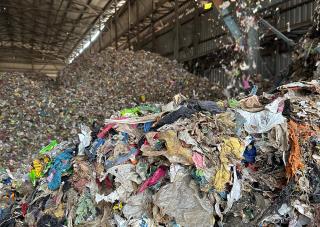As ever-higher efficiencies are demanded of grinding equipment, cement plants require a new benchmark for grinding component performance. Addressing wear through regular maintenance and repair is one strategy with the sustainable supply of grinding parts and management of mill wear as key factors in keeping mills running. By Dr Dorival G Tecco, Loesche GmbH, Germany.
Wear is an implicit phenomenon during grinding. It has a cumulative effect over time and results in significant changes in the shape of rollers and tables of milling equipment, ultimately determining their replacement or refurbishment. The degradation in efficiency is progressive, reducing throughput and increasing power consumption. A new benchmark is required to meet the challenges of efficient grinding in distributed locations, in a world of ever-increasing mill sizes and capacities. This article expands the presentation at the 111th year Loesche Symposium at the Maritim Hotel in Düsseldorf in September 2017 and reviews some of the issues associated with grinding components, the empirical data and available models to mitigate the negative effects of wear over the efficiency and throughput.
